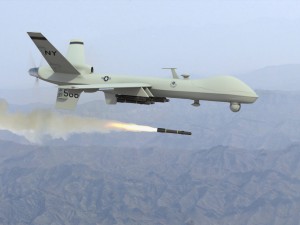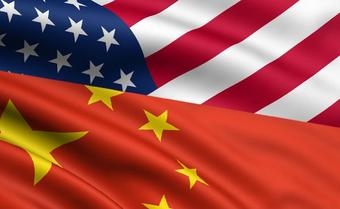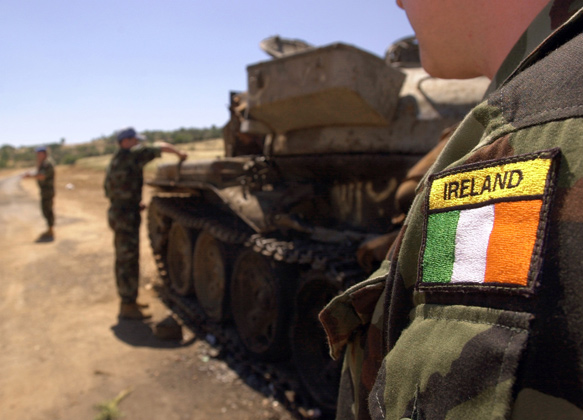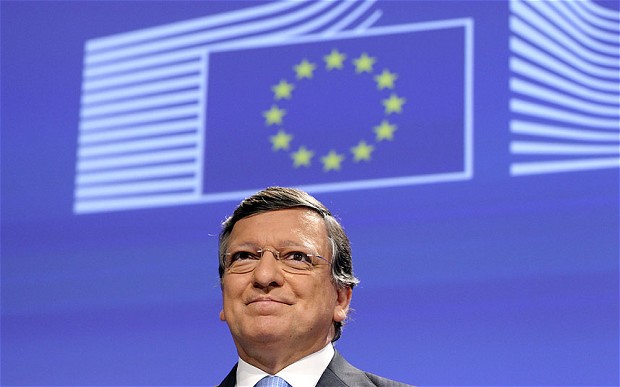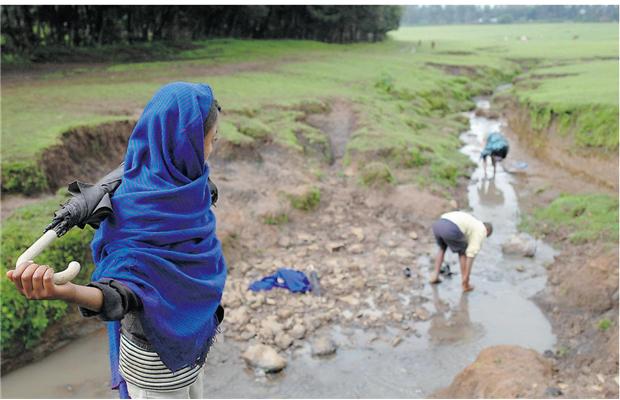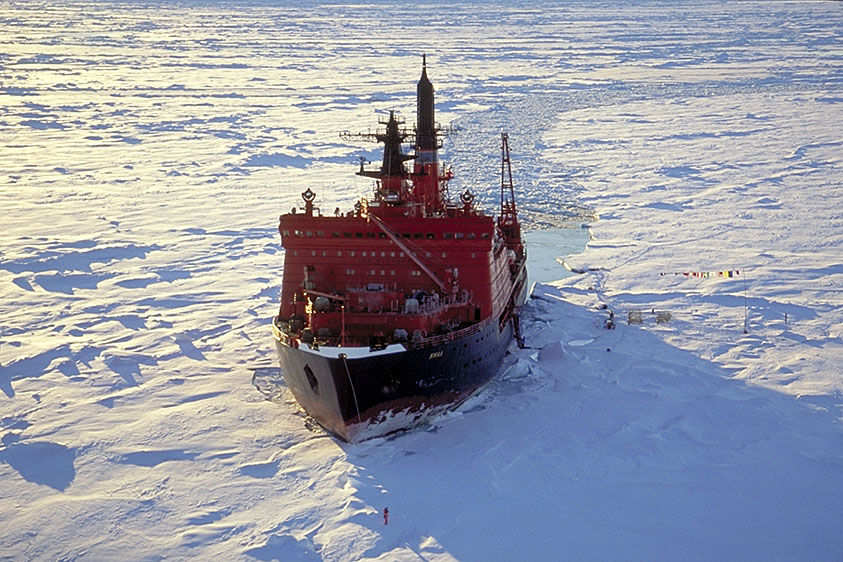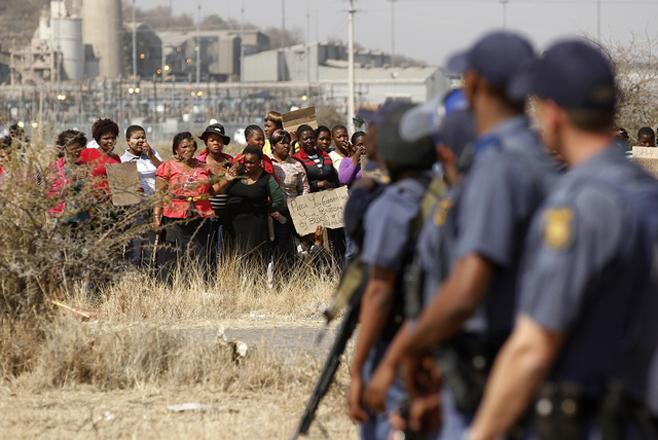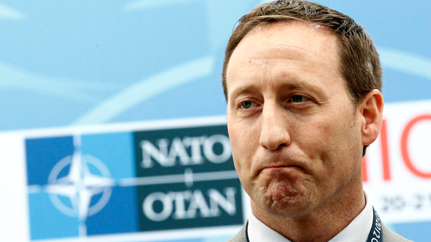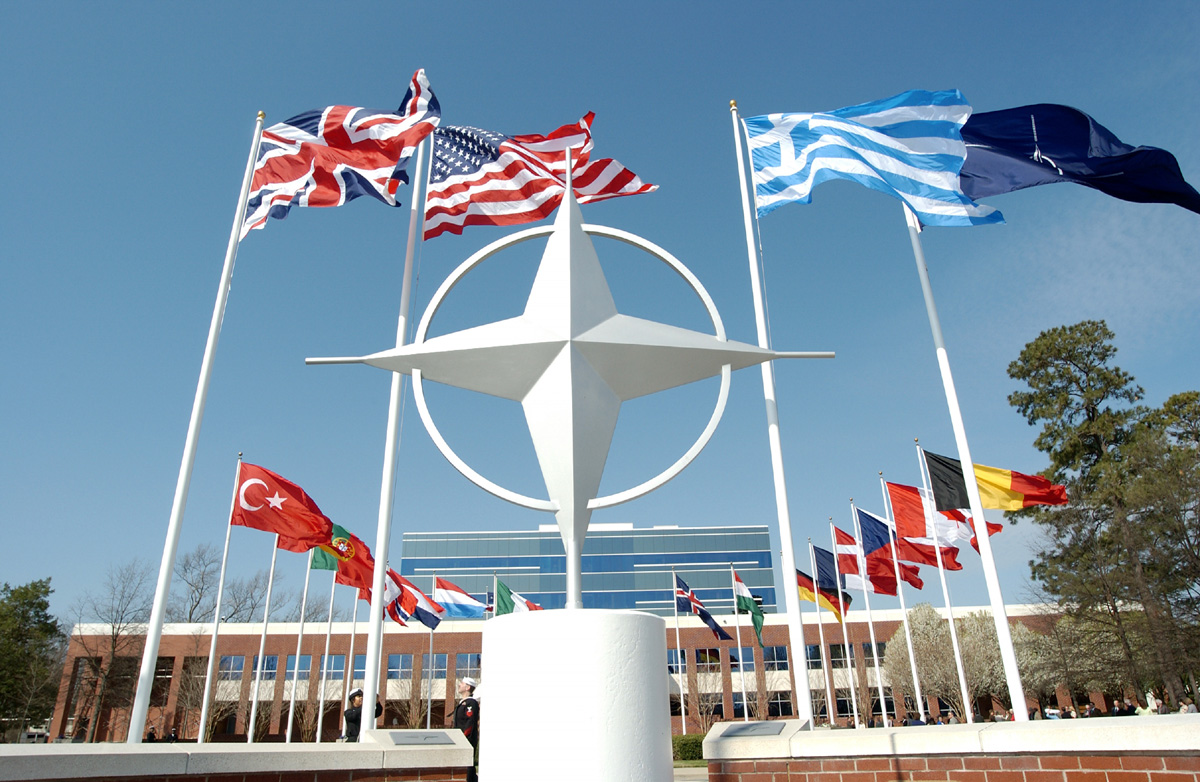Avery Bruenjes on the US drone program and its implications for the NATO mission in Afghanistan.
6. Regions
placeholder for regions
Keeping Focus: Why NATO should be careful in Latin America
Diana Rivera argues for the Alliance keeping its geographical focus in light of the Colombia-NATO partnership.
Securing Asia Pacific: Chinese and American Strategies and Challenges
Territorial disputes in Asia Pacific make headlines, but are underpinned by long-term strategies and trends, especially those of the US and China, which will shape the region in years to come.
Ireland: NATO or Neutrality
Emily Simonin examines what Ireland could offer NATO and whether or not membership is on the horizon.
Federalism and the Future of the European Union
Nil Sendil on federalism and the future of European institutions.
Dam-Nations: Ethiopia, Egypt, and the Nile River
Emma Lecavalier explains the role of the Nile Basin Initiative in calming tensions between countries along the Nile.
U.S. Arctic Policy: Clear Path for Canada to Build On
Emily Simonin looks at U.S. policy developments in the Arctic and their implications for Canada.
When Business Cannot Continue as Usual: The Intersection of a Culture of Violence and Business in South Africa
Magan Haycock discusses the importance of curbing labour violence and corruption for the South African mining sector.
“And Keep Moving On”: Transforming NATO for 2020 and Canada’s Potential Role
Sam Hossack on the future of NATO and Canada’s role within the Alliance.
On NATO and Democratic Principles
The anger, frustration and heated tensions between Turkish protestors and their government, led by Prime Minister Tayyip Erdogan, present an indirect challenge of NATO. From a security standpoint, Turkey is an essential NATO member. Turkey’s location at the intersection between Europe, Asia and the Middle East makes it crucial for NATO operations from a logistical Read More…

